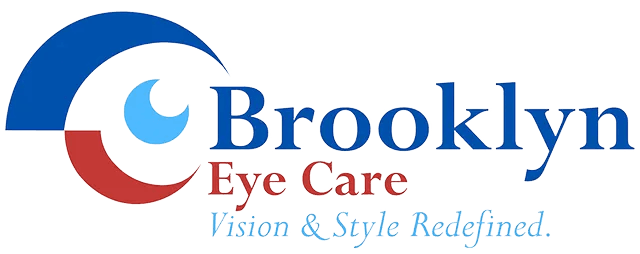The need for reading glasses, also known as presbyopia, is a common age-related condition that affects individuals typically over the age of 40. Presbyopia is characterized by the gradual loss of near vision, making it challenging to focus on close-up objects or text. While the changes in the ability to focus can be frustrating, it is a normal part of the aging process and is expected with time. This is why the vast majority of individuals over fifty will benefit from reading glasses.
Age-Related Changes in the Eye and Why Do I Need Reading Glasses
As we age, several changes take place in the eye that contribute to the development of presbyopia and the need for reading glasses. One key factor is the gradual thickening and loss of flexibility of the natural lens within the eye. This leads to a reduction in the eye’s ability to change focus accurately, particularly for close-up tasks such as reading, using digital devices, or engaging in activities that require near vision.
Loss of Accommodation
Accommodation is the eye’s ability to adjust the focusing power of the lens to maintain clear vision at different distances. With age, the ciliary muscles responsible for controlling lens shape and accommodation weaken, resulting in a decreased ability to focus on near objects. This loss of accommodation is a hallmark of presbyopia and necessitates the use of reading glasses to compensate for the eye’s reduced focusing ability for near tasks.
Symptoms of Presbyopia
Individuals experiencing presbyopia may notice several common symptoms that indicate the need for reading glasses. These symptoms include difficulty reading small print, blurred vision at close distances, eye strain or fatigue when performing near tasks, and the need to hold reading material at arm’s length to see it clearly. If you find yourself experiencing these signs, it is likely indicative of presbyopia and the potential benefit of using reading glasses for improved near vision.
Correcting Presbyopia with Reading Glasses
Reading glasses work by providing additional magnifying power to compensate for the eye’s diminished ability to focus on close objects. By selecting the appropriate prescription strength based on your near vision needs, reading glasses can enhance clarity and sharpness when reading, working on a computer, or engaging in activities requiring clear near vision. Reading glasses are a simple and effective solution for managing presbyopia and addressing the age-related changes in near vision that occur with advancing age.
Complementary Options
In addition to reading glasses, there are other options available to address presbyopia and near vision difficulties. Multifocal lenses, progressive lenses, or contact lenses designed for presbyopia offer alternatives to traditional reading glasses, providing a more seamless transition between near, intermediate, and distance vision. Discussing these options with your eye care provider can help determine the most suitable solution for your visual needs and lifestyle.
Embracing Clear Near Vision
The need for reading glasses is a natural part of the aging process and a common occurrence as presbyopia develops. By understanding the underlying changes in the eye associated with presbyopia and recognizing the symptoms indicating the need for reading glasses, individuals can take proactive steps to maintain clear near vision and enhance their visual comfort for daily tasks. Whether opting for traditional reading glasses or exploring alternative solutions, addressing presbyopia ensures optimal near vision and overall visual well-being as we navigate the natural changes that come with aging.

